All about Kuznetsovsky porcelain
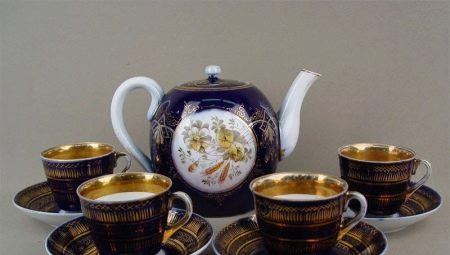
Among the many objects and things associated with Russia today, it is worth highlighting some types of tableware. The products of the talented Terenty Kuznetsov, whose skill brought him posthumous fame, and Kuznetsov's porcelain is considered a luxury item to this day, should be referred to the category of world-famous sets and other porcelain products.

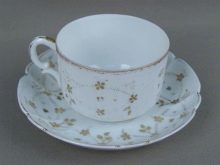
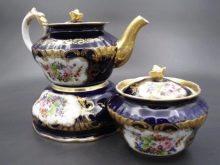
A bit of history
A partnership that was engaged in the manufacture of porcelain and earthenware products was opened in 1889... However, the ancestor of Kuznetsov, Yakov Vasilyevich, is still considered the pioneer in this matter, since it was under his leadership that the first production was born in Gzhel. His work, as well as secrets and skills were passed on through the male line, which led to the possibility of creating a "Partnership for the production of faience products" in the 19th century.
Work in this direction has developed rapidly due to an increase in the number of factories and manufactories specializing in different areas of production, which has made it possible to significantly expand the range of manufactured products. An important moment in the history of Kuznetsov's porcelain was the transfer of the factory from Gzhel to Dulevo, where the largest enterprise specializing in porcelain of the highest quality arose later. At the moment, it is customary to call all products Dulevo.
In 1841 the Riga factory was opened, the control of capacities was transferred along the Kuznetsovskaya line.

Plants were opened in many regions, counties and provinces. Among the largest is the plant of the former entrepreneur Auerbach, an enterprise in the village of Budy. The famous Gardner's factory (Verbilki village) joined the ranks of factories for working with porcelain and faience.
In the light of the unification of manufactories, enterprises and factories, by the 20th century, Kuznetsov became the owner of the largest production network in Russia, which included about two dozen factories. However, with the advent of Soviet power, all enterprises were nationalized, with the exception of the Riga plant.
In light of such changes many secrets and developments related to the manufacture of sets and other porcelain interior items have been lost. It took a lot of time and effort of domestic artists and craftsmen to make products from ceramics to revive the work techniques.
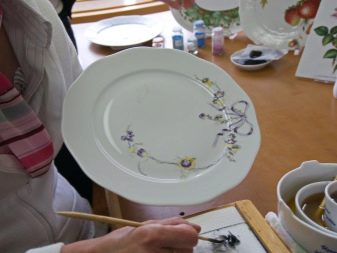

In particular, the main nuances that determine the high quality of Kuznetsov porcelain were again applied in practice, such as preparation of clay and keeping the material in a room with a certain air humidity, as well as the use of special peat for firing products in ovens.
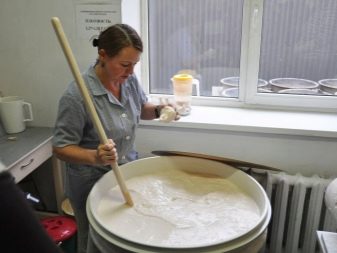
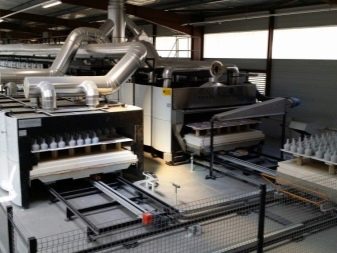
Today the porcelain work of Yakov Kuznetsov and his family has been revived in Dulevo porcelain. In 2012, the enterprise for the production of products using lost technologies was sold to private ownership. This had a positive effect on the restoration and modernization of the main shops and lines.
At the moment, the range of manufactured products has a classical orientation in terms of appearance, in light of which it is recognizable not only in the domestic, but also in the foreign market of ceramic products.
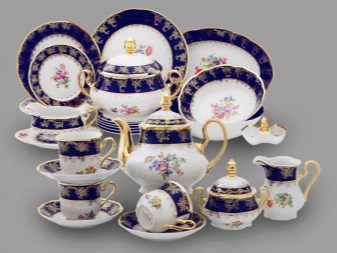

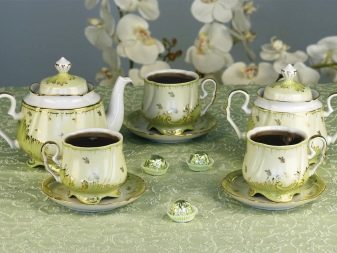
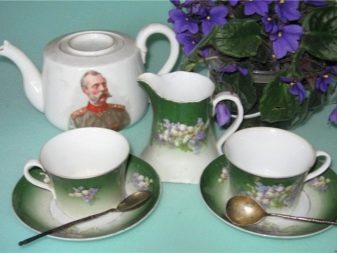
Advantages and disadvantages
Today, experts highlight the main characteristics of the old Kuznetsov porcelain, among which there are strengths and weaknesses of the products. So, the following points should be attributed to the advantages of products:
- excellent quality of all manufactured goods due to the high qualifications of the craftsmen working in the production;
- most of the products are made by hand, which is especially appreciated for antiques;
- Kuznetsovsky porcelain is a practical and durable product;
- the assortment contains many exclusive items;
- utensils, including tea sets and even plates, are recognized as multifunctional, since they can be used for decoration or daily use;
- all materials used in production are environmentally friendly and safe for human health;
- the range of products offers the consumer goods in different price segments, which makes porcelain affordable for any buyer.



Among the disadvantages of porcelain, it is worth highlighting:
- fragility of even high-quality ceramics, in the light of which products require careful handling and care;
- elite and antiques stand out for their high value.

Varieties
There are a huge number of stamps (hallmarks) by which you can determine the authenticity of Kuznetsov's porcelain. They are conventionally divided into main groups.
- Early period. The hallmarks have different configurations, mainly attributed to the Novo-Khariton period. There are round hallmarks, as well as decorated with a vignette. The stamps are represented by depressed versions, which were later drawn in blue or green colors.
- Hallmarks of the Dulevo period. This group includes the largest collection of stamps, since the products were made at the largest enterprise of the entire partnership. Most of them are drawn in red, blue and green tones. Color at that time determined the grade of products.
- Plant stamps in d. Short. This category includes only one brand, but it is considered the rarest.
- Brands of the Riga plant. This group contains many brands, they stand out for their various shapes and drawn elements. The earliest are dated from 1853 to 1863.
- Hallmarks of the Tver factory. In the category, brands are divided into periods before the organization of the partnership and the era of its functioning.
- The stamps of the Budyansk plant. Experts distinguish three types of stamps - print, green and overglaze.
- Hallmarks of the Dmitrovsky plant. The production produced a large number of porcelain items, but they were branded with a limited number of brands. Today, only 3 options are known.
- Rybinsk plant brands... Experts studying this period have recorded only one brand of the factory with the name of the production.

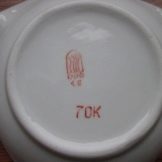


How to choose?
In order to purchase truly high-quality porcelain products, you should consider a number of key points regarding the appearance and quality of the products. Characteristics indicating a high quality cookware will be as follows.
- Colour. High quality products should be of a delicate white shade with an expressionless bluish tint. You can distinguish low-quality products by the gray and faded color of the surface, which, in comparison with real porcelain, will make a striking contrast.
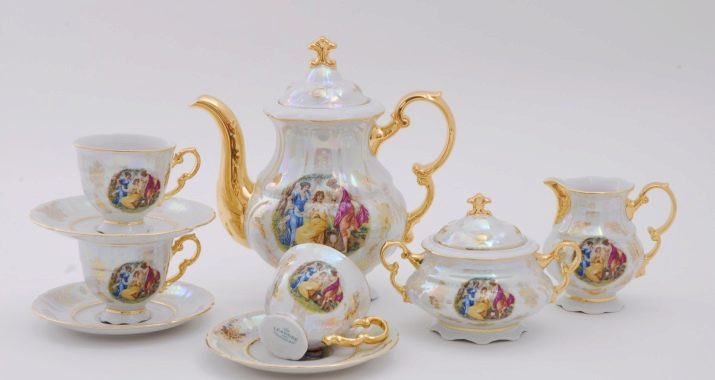
- Transparency. All interior items or dishes made of good material should be slightly translucent. Such a nuance will indicate the use of safe natural raw materials in the production process. Artificial additives will prevent the product from showing through. In addition, such a feature will indicate compliance with all important nuances of the manufacturing process.
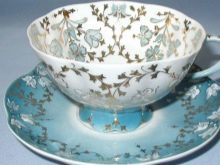
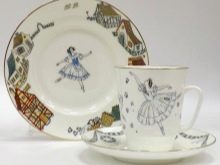
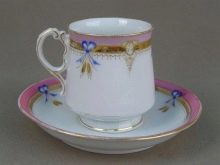
- Sound. It will be possible to determine the quality of the product you like by the characteristic sound that will be heard when you tap the edge of the product. For these purposes, you need to use a small bamboo stick. From touching a quality product, a clear and sonorous sound will be reproduced.
In the course of contact with low-quality material, the sound will be muffled and dull. This sound also arises from touching a defective product.
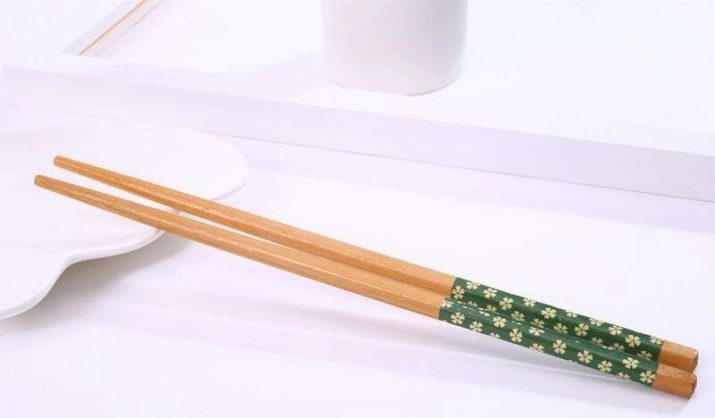
- Edge and surface condition. It will be possible to identify second-rate products by an uneven edge, a bumpy bottom, as well as a surface with a "floating" base. Quality porcelain will have a perfectly flat surface and edges.
Particular attention should be paid to the bottom of the cookware: if you put it on the table, the edges of the bottom should be in close contact with the surface on all sides.
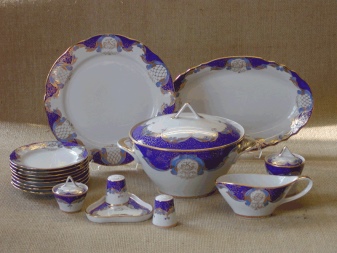
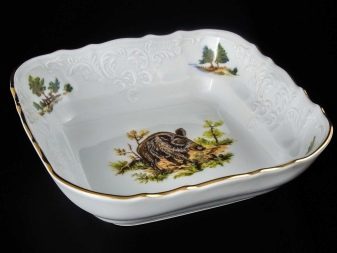
- Decor. The attractiveness of porcelain and earthenware products is largely determined by the decoration options used. The interested buyer should be aware that real, original products are never completely covered with a pattern or design by a master.


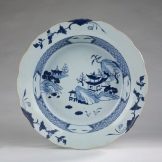

It is the large number of decorations on the dishes that can lead to the idea that the showcase is a fake or a low-quality product, the flaws of which the manufacturer tried to hide under additional surface decorations.
Care features
Despite the naturalness of the raw materials used for the production of porcelain products, such products require a special approach to subsequent operation and maintenance.
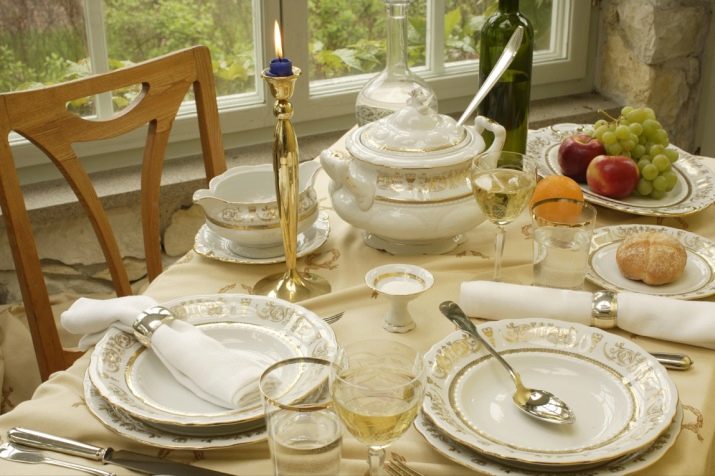
Compliance with the recommendations described below will extend the life of beautiful dishes and decor items.
- Any porcelain dishes should be washed exclusively by hand, avoiding joint cleaning with metal forks, spoons and other cutlery. Surface sponges must not have an abrasive side. Before washing, it is best to remove rings and other jewelry from your fingers that could damage the surface of the cookware. If you plan to use a dishwasher, then the heating of the water in the device should be minimal, and the use of aggressive detergents should also be avoided.
- If the products contain metal decorative elements, then they should not be used in a microwave oven.
- To keep the surfaces of porcelain items shiny and scratch-free, in the process of caring for containers, you should abandon the use of powdered compositions for removing contaminants. On sale you can find special gentle compounds and soaps for the care of porcelain.
- Do not leave porcelain in water for a long time. After washing or damp processing, you need to wipe dry the products from the outside and inside.
- Water for washing should be at room temperature, too hot liquid can damage the decor on the product, lead to the formation of cracks in the glazed coating.
- Options are not excluded, when over time and in the light of active use, the dishes may change their color to a darker one. Such products look unrespectable, therefore experts recommend using one effective means to return the surface of an attractive appearance. For these purposes, a small amount of tartaric acid or turpentine is used. Despite the ban on the use of abrasives, you can use regular soda or table vinegar salt to restore the whiteness of the porcelain surface.
- Remove stains from porcelain surfaces will succeed with the help of a weakly concentrated solution of ammonia and water.
- Store cups and platesstacked on top of each other should not be, there is a risk of damage to the handles from excessive pressure and load. Experts recommend storing plates and other porcelain containers by putting them together with ordinary white napkins.
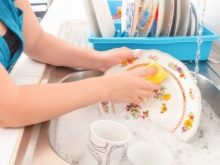
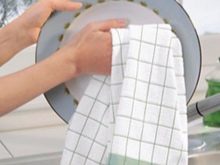
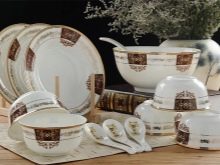
For the history of Kuznetsov porcelain, see below.








